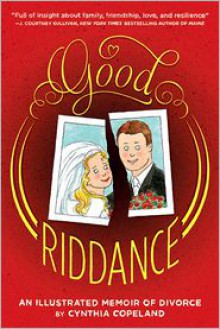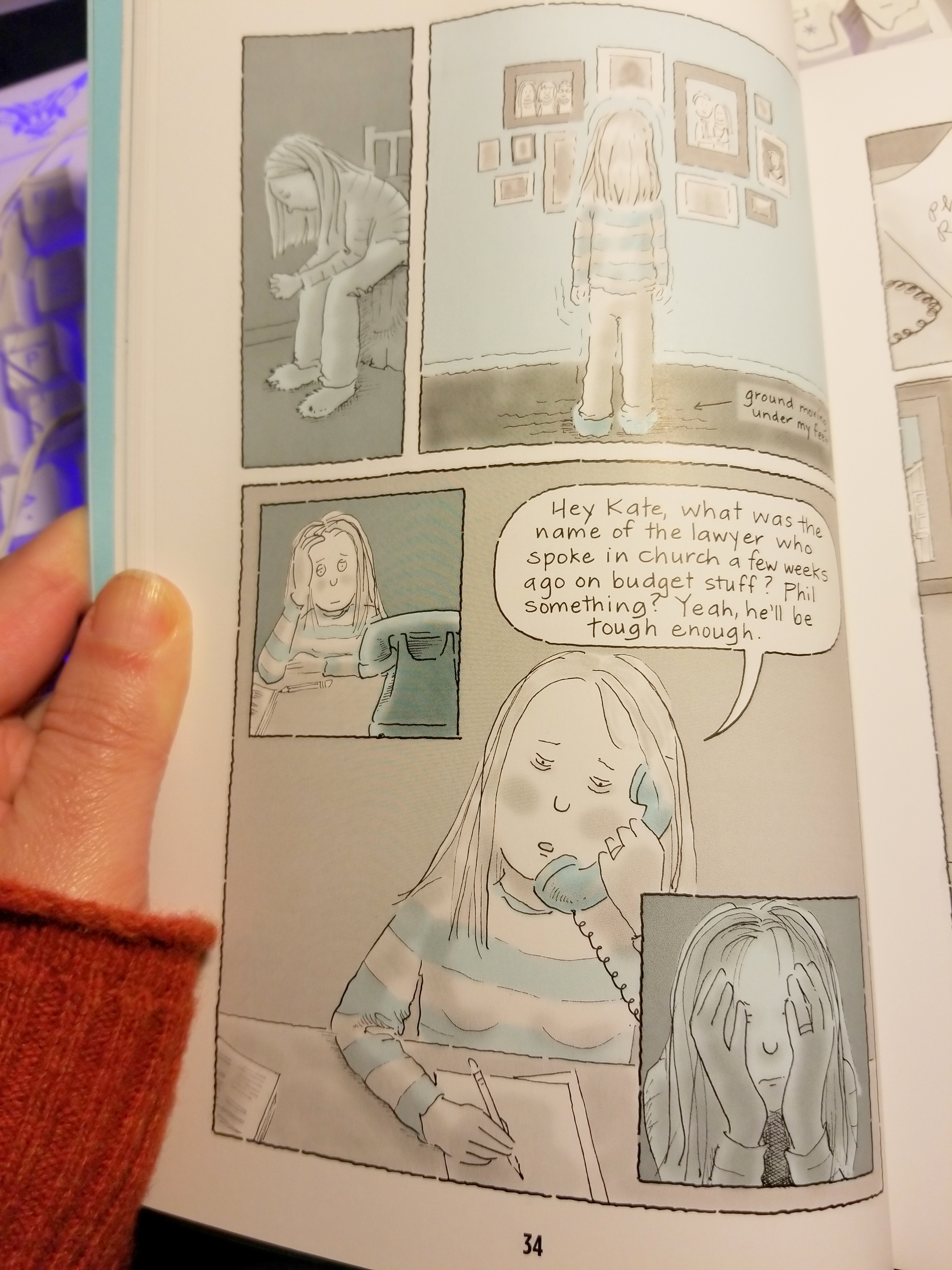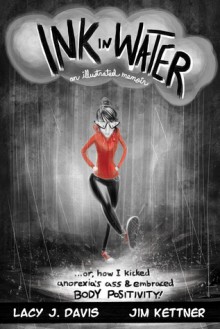
When you think you live in a Norman Rockwell painting—married 18 years, three kids, beautiful old house in the country, successful career as a writer—you don’t expect there’s another side to the canvas. Until you read a lovesick e-mail to your husband . . . that didn’t come from you! Good Riddance is an honest and funny graphic memoir about suffering through and surviving divorce. New York Times bestselling author Cynthia Copeland chronicles the deep pain, confusion, awkwardness, and breakthroughs she experiences in the “new normal” as a wife who’s been deceived, a mom who’s now single, a divorcée who’s dating, and a woman who’s on her own figuring out what she truly wants from her life. Copeland tells her story with an emotional candor and spot-on humor that makes Good Riddance poignant, painful, and hilarious all at once.
Amazon.com
Using the graphic novel / memoir format, Cynthia Copeland unveils the story of her marriage of 18 years, and the subsequent divorce after discovering her husband had been unfaithful. Copeland shares her story with readers a decade after things first went down, but some of the emotions that are wrapped up in such an event prove universal and timelessly relatable.
Copeland explains the guilt she had to learn to work through, coming from a family where no one had divorced before, as well as the secret stress and anxiety she shouldered while trying to protect her young children from the truth of why mom and dad weren't going to live together anymore.

This story is no different from other divorce memoirs you've read in the way it conveys that there are no real winners in this kind of life upheaval. Copeland paints her husband as a selfish, immature man possibly suffering a mid-life crisis. Trying to recapture his youth yet still keep close to his wife, his actions were that of someone trying to have their cake and eat it too. He seemed more concerned with being "cool dad" than responsible grown up. Copeland makes it clear she wasn't having it, but at the same time some of her actions towards him struck me as tiptoeing into control freak territory. or such a tough topic, the choice of cool blue-grey tones on the art were strangely calming. Don't know if that was intentional or not... regardless, it was kinda nice, diffused the tougher moments a bit. The blue tones combined with the art style itself ... something about it brought to mind vintage hospital pamphlets!



 Log in with Facebook
Log in with Facebook 







